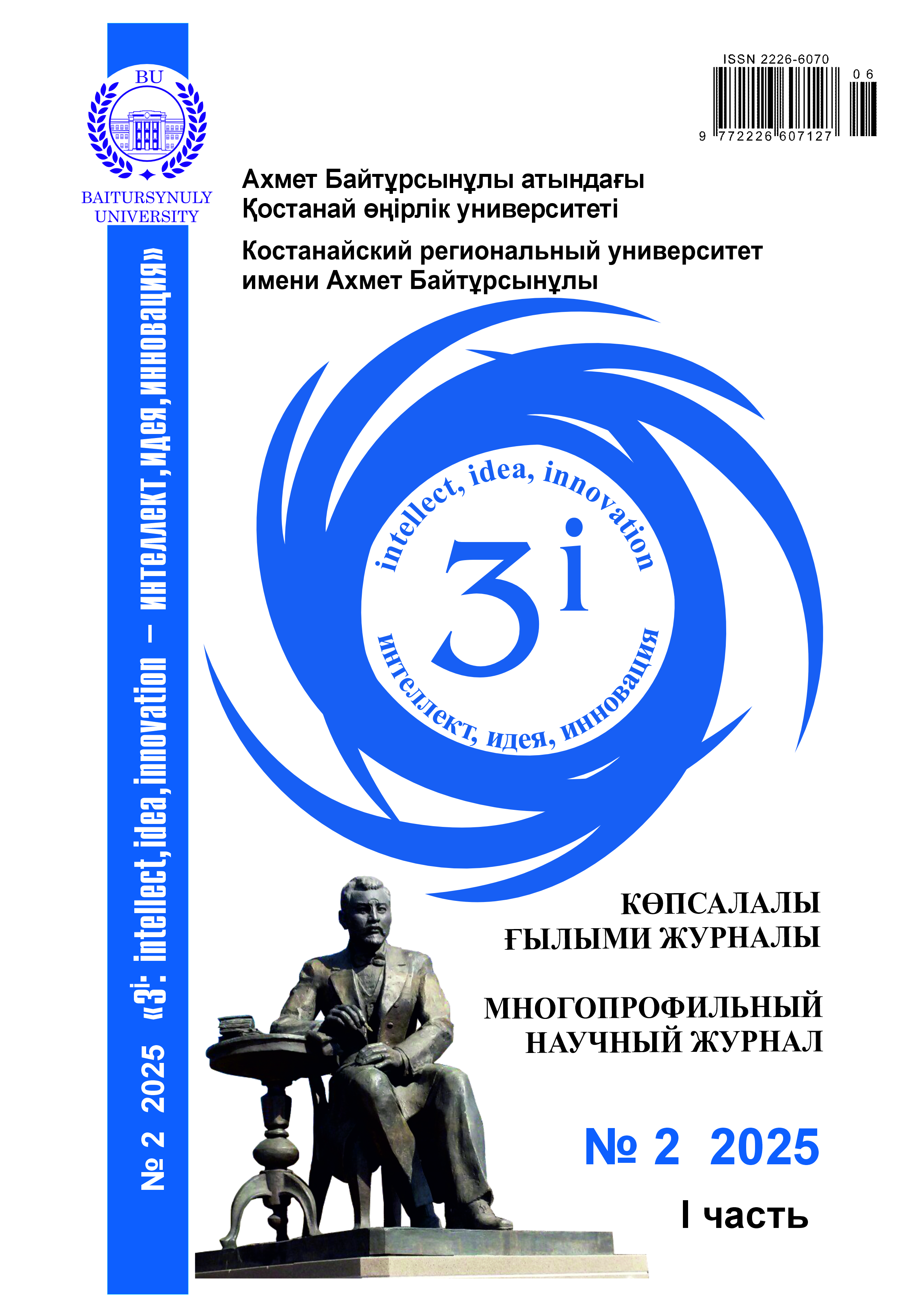MATHEMATICAL MODELING AND OPTIMIZATION OF GREENHOUSE MICROCLIMATE PARAMETERS TO ENHANCE TOMATO YIELD IN THE NORTHERN KAZAKHSTAN CONDITIONS
DOI:
https://doi.org/10.52269/RWEP2521172Keywords:
greenhouse farming, microclimate, tomatoes, mathematical modeling, optimization, renewable energy sources, Kostanay regionAbstract
This paper presents the results of a comprehensive study on optimizing greenhouse microclimate parameters in the Kostanay region of Kazakhstan. The relevance of the study is determined by the need to improve agricultural production efficiency in regions with unfavorable climatic conditions. The study focuses on developing a mathematical model for microclimate parameter control in tomato cultivation - one of the most economically important greenhouse crops. The research employed advanced mathematical modeling methods, including multiple regression analysis, response surface methodology (RSM), and numerical optimization techniques. The experimental base included the "Kostanay Greenhouses" facility equipped with automated environmental control systems. The study involved continuous monitoring of temperature, humidity, CO₂ concentration, and light intensity using high-precision sensors. The results indicate that optimal microclimate parameters for tomatoes are: daytime temperature 25-28°C (nighttime 16-18°C), relative humidity 60-65%, CO₂ concentration 1000-1100 ppm, and light intensity 12-14 thousand lux. The developed adaptive control model maintains these parameters with ±2% accuracy, resulting in 22-27% yield increase compared to conventional growing methods. Of particular importance is the proposed energy-saving system incorporating renewable energy sources. Calculations show 15-18% reduction in energy consumption while maintaining high yield indicators. The practical significance of the study is confirmed by the implementation of results at production facilities in the region.




